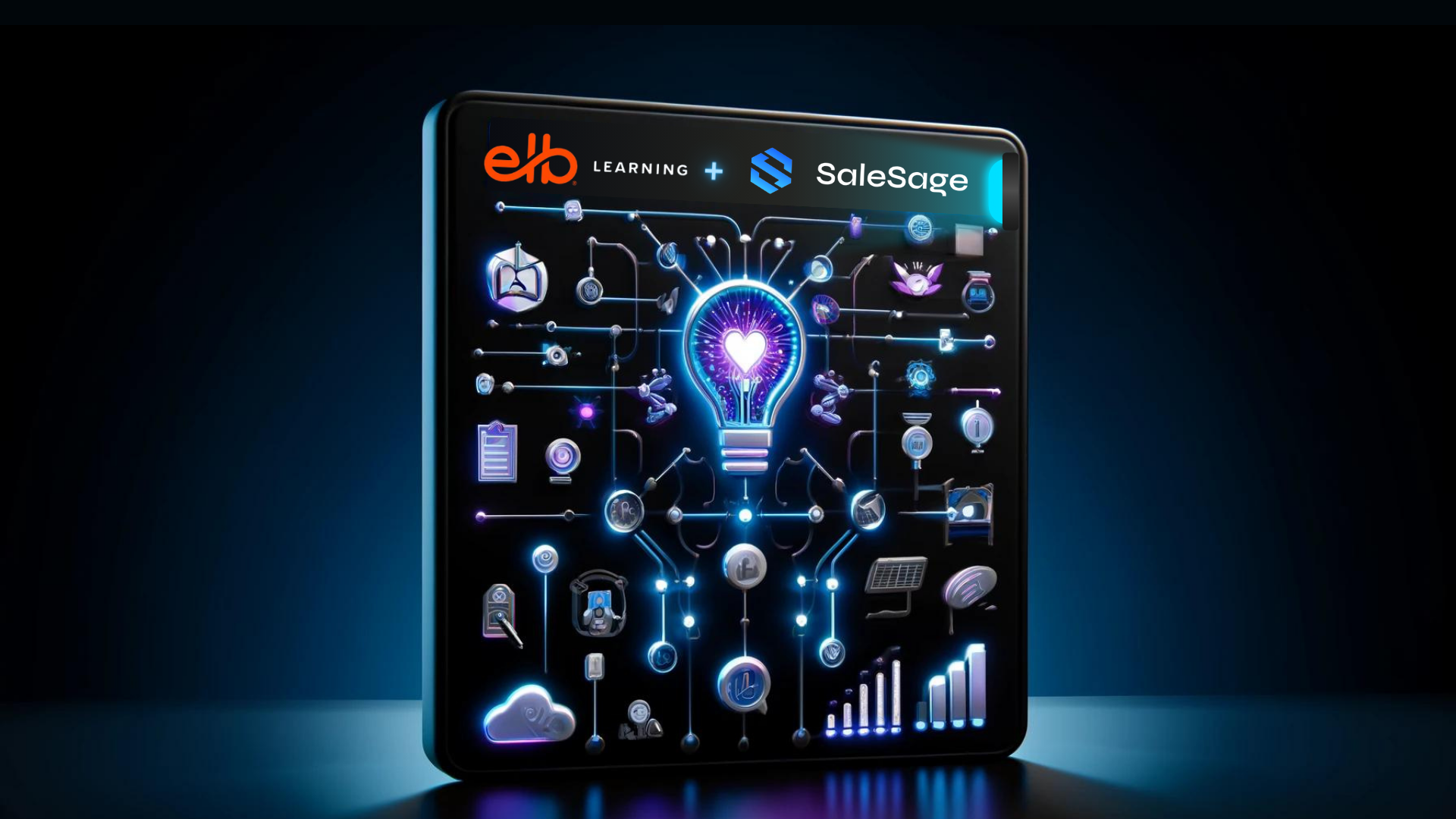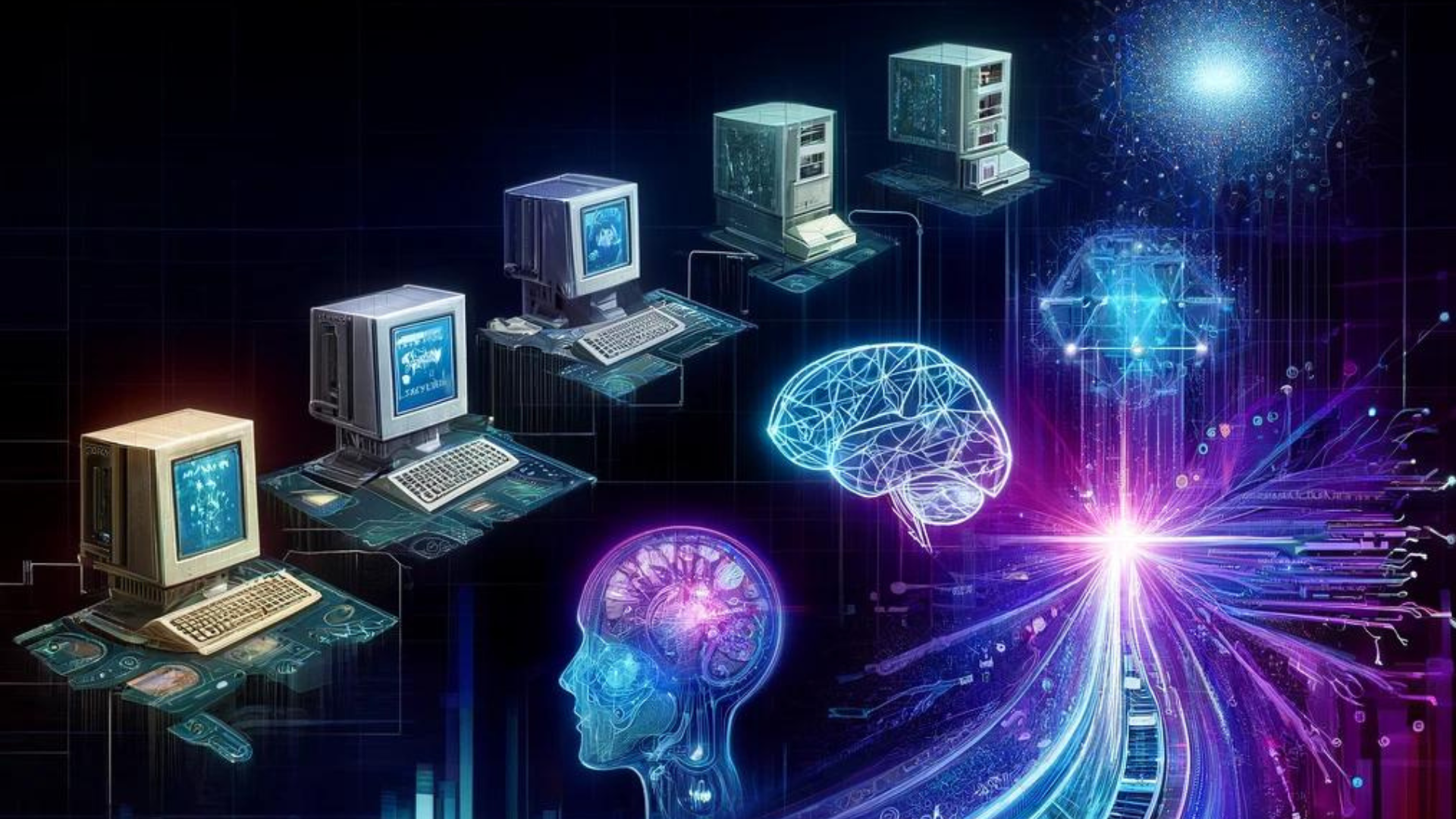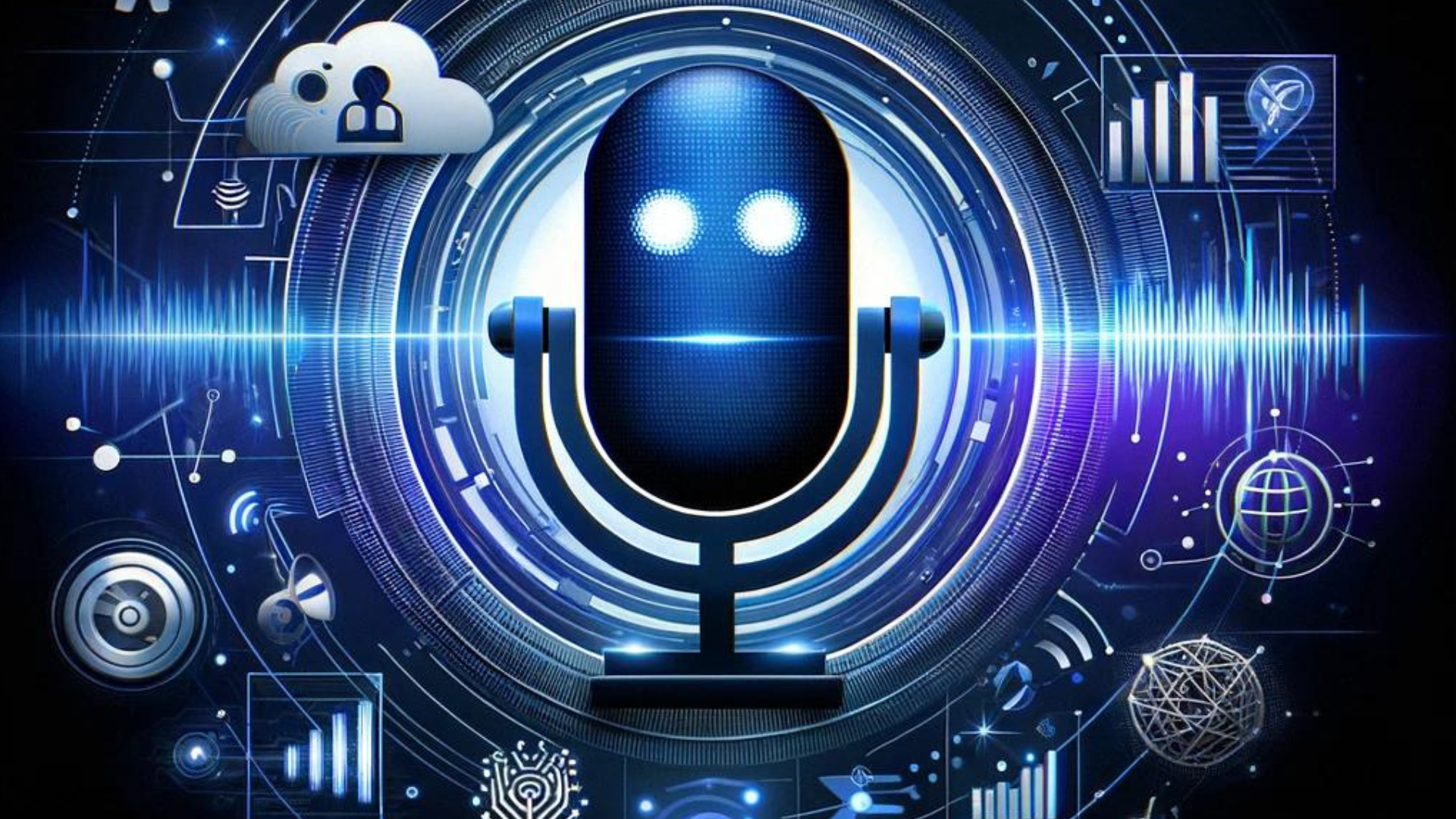Artificial Intelligence (AI) has made significant strides in recent months, transforming the way we interact with technology. Two prominent branches of AI, generative AI and interactive AI, have been at the forefront of this revolution. These technologies have distinct characteristics and applications, each contributing to our evolving digital landscape in unique ways. In this blog, we will explore the key differences between generative AI and interactive AI, shedding light on their respective roles and potentials.
Generative AI: Creating Content from Scratch
Generative AI refers to systems and models designed to generate new content autonomously, often in the form of text, images, music, or even videos. It relies on large datasets and complex algorithms to understand patterns and generate content that mimics human creativity. Some well-known examples of generative AI include OpenAI’s GPT-3 and GPT-4 models.
- Text Generation: One of the most common applications of generative AI is text generation. These models can write articles, stories, code, and more, based on prompts or contextual information.
- Art and Creativity: Generative AI has found a niche in the art world, producing paintings, music compositions, and poetry. It can generate unique artistic creations by learning from existing works.
- Content Generation: Many businesses use generative AI to produce product descriptions, marketing copy, and even customer support responses, saving time and effort.
Interactive AI: Enhancing Human-Computer Interaction
Interactive AI, on the other hand, focuses on enhancing human-computer interactions by facilitating natural and responsive conversations. Chatbots and virtual assistants like Siri, Alexa, and Google Assistant are prime examples of interactive AI systems.
- Conversational Agents: Interactive AI systems excel at holding dynamic conversations with users, answering questions, providing recommendations, and performing tasks based on user input.
- Personalization: These AI systems can adapt to individual preferences and behaviors, providing a tailored user experience. For instance, they can recommend movies, suggest recipes, or adjust smart home settings.
- Customer Support: Many companies employ interactive AI for customer support, allowing customers to get quick answers to their queries and resolve issues efficiently.
Key Differences
Interactive AI, on the other hand, focuses on enhancing human-computer interactions by facilitating natural and responsive conversations. Chatbots and virtual assistants like Siri, Alexa, and Google Assistant are prime examples of interactive AI systems.
- Content Creation vs. Interaction: The fundamental difference lies in their primary function. Generative AI creates content, whereas interactive AI engages in conversations and interactions with users.
- Training Data: Generative AI relies on vast datasets to generate content, while interactive AI is trained on a combination of data and user interactions, making it context-aware and user-centric.
- Use Cases: Generative AI is suitable for tasks that involve content generation, like content writing, art creation, and data synthesis. Interactive AI is better suited for tasks requiring real-time interactions and user engagement, such as customer support and virtual assistants.
- User Input: Generative AI typically generates content based on a prompt, while interactive AI responds to user queries and adapts to their input during a conversation.
Generative AI and interactive AI represent two distinct facets of artificial intelligence, each with its own set of capabilities and applications. While generative AI can create content from scratch, interactive AI excels in engaging with users and providing personalized experiences. As AI continues to advance, we can expect these two branches to coexist and complement each other, shaping a future where human-computer interaction is more seamless and intelligent than ever before.






